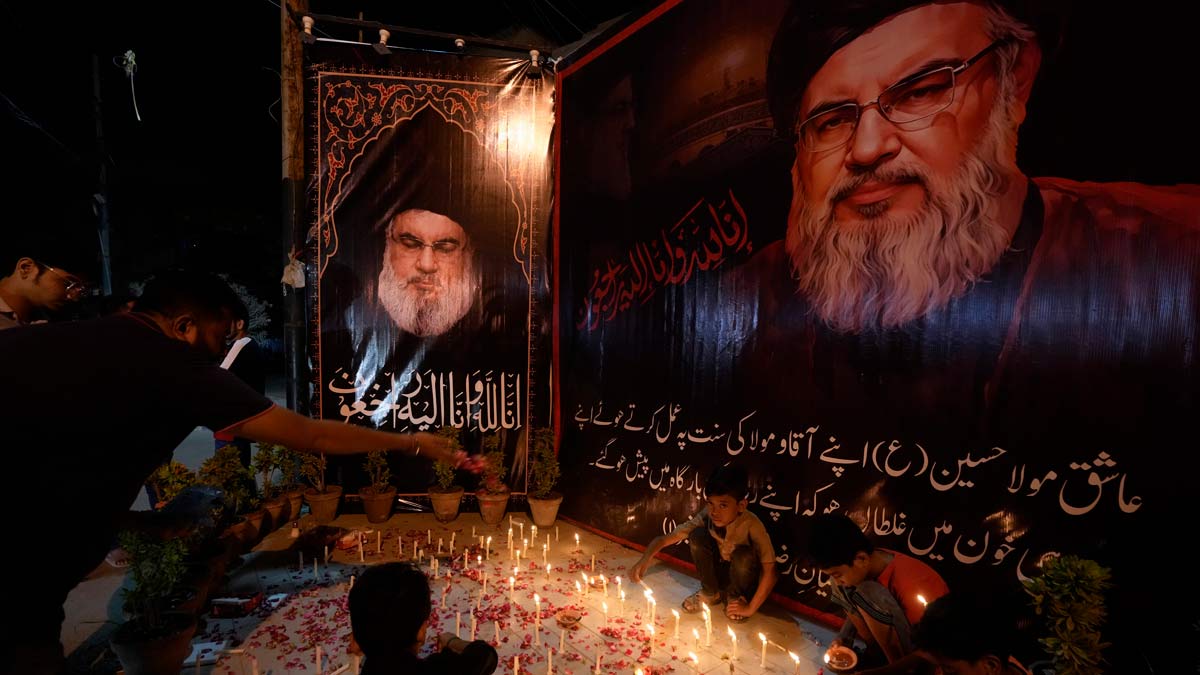Iranian Spy
According to a recent report by the French newspaper Le Parisien, an Iranian informant reportedly tipped off Israeli officials regarding the whereabouts of Hezbollah leader Sayyed Hassan Nasrallah just hours before he was killed in an airstrike in Beirut.
The report, citing a Lebanese security source, reveals that the informant informed Israel of Nasrallah’s presence at Hezbollah’s underground headquarters in Beirut’s southern suburbs. Nasrallah was scheduled to meet with senior officials of the organization at the time of the airstrike.
On the same day as the attack, the Israel Defense Forces (IDF) posted on X (formerly Twitter) a message declaring, “Hassan Nasrallah will no longer be able to terrorize the world.”
Shortly after the airstrike, Hezbollah confirmed the death of their leader, stating, “Sayyed Hassan Nasrallah… has joined his great, immortal martyr comrades whom he led for about 30 years.”
An Israeli military spokesperson, Lieutenant Colonel Nadav Shoshani, revealed that the operation—dubbed “New Order”—was carried out based on “real-time intelligence.”
He explained, “We had real-time intelligence, an opportunity, an operational opportunity that allowed us to carry out this attack,” emphasizing the timely and precise nature of the strike.
A report by The New York Times sheds light on the broader context of Israel’s recent intelligence successes against Hezbollah. These successes stem from a concerted effort to bolster intelligence resources aimed at the Iran-backed group, particularly following the unresolved 2006 conflict.
During that 34-day war, Israel did not secure a decisive victory against Hezbollah, leading to a UN-mediated cease-fire. In the aftermath, Israel began investing heavily in intelligence operations targeting Hezbollah’s leadership and operational strategies.
Unit 8200, Israel’s premier signals intelligence agency, reportedly played a key role by developing advanced cyber capabilities that allowed it to intercept Hezbollah communications, including cell phone traffic.
Additionally, special teams were established within Israeli combat units to ensure the swift transmission of crucial intelligence to the military and air force, improving overall operational efficiency.
The New York Times report also details a Mossad operation in which the Israeli intelligence agency created a shell company in Budapest to manufacture pagers, ostensibly licensed by a Taiwanese firm.
These pagers were embedded with explosives and sent to Lebanon. This large-scale operation indicated a high degree of sophistication and innovation in Israel’s intelligence efforts.
One of Israel’s major intelligence victories came in 2008, when Mossad collaborated with the CIA to eliminate Imad Mugniyah, a prominent Hezbollah figure, in Syria.
This marked the beginning of a series of successful intelligence-led operations that culminated in the elimination of Hassan Nasrallah, signaling the effectiveness of Israel’s enhanced focus on Hezbollah.
I am a dynamic professional, specializing in Peace and Conflict Studies, Conflict Management and Resolution, and International Relations. My expertise is particularly focused on South Asian Conflicts and the intricacies of the Indian Ocean and Asia Pacific Politics. With my skills as a Content Writer, I serve as a bridge between academia and the public, translating complex global issues into accessible narratives. My passion for fostering understanding and cooperation on the national and international stage drives me to make meaningful contributions to peace and global discourse.










